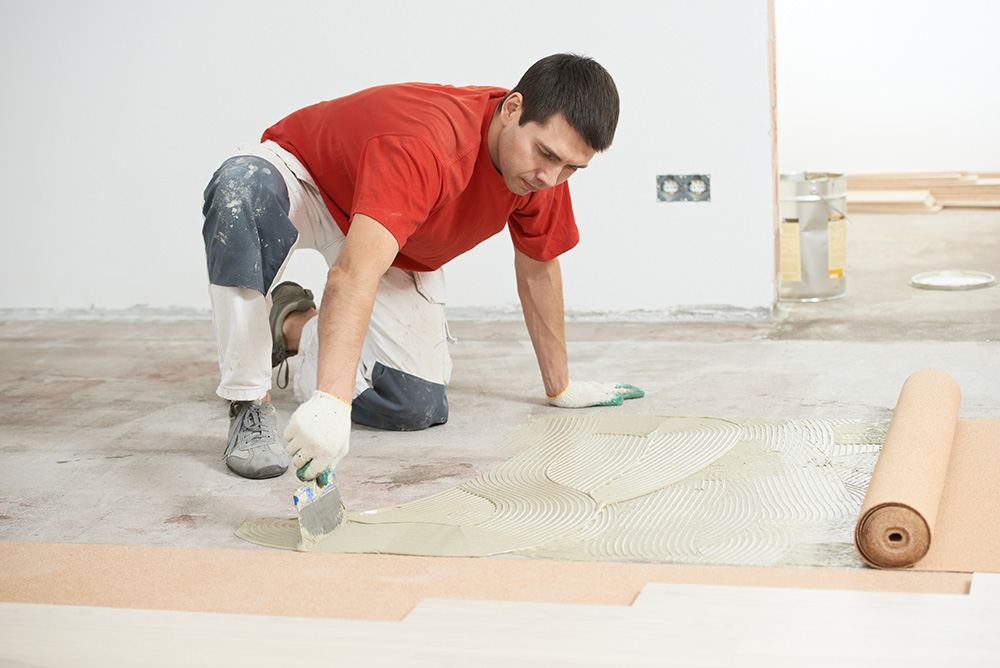|
While cork has been used as a decorative and building material for centuries, it has been experiencing a renewed popularity in the United States thanks to its use as a flooring material.
Cork is becoming extremely popular, and for a number of valid reasons. Sustainability has been a hot topic among designers, who are increasingly looking for materials that make a lesser impact on the environment. Enter cork, which offers many versatile and unique characteristics while also representing a natural and renewable material. Cork is an environmentally sustainable material harvested from the bark of cork oak trees, which are native to Spain, Portugal, and Tunisia. The extraction process doesn’t harm the tree and there is very little processing, leaving an incredibly low environmental footprint compared to other industrial materials, such as plastic. The bark is harvested once trees reach an age of 18-25 years, and it regenerates to allow harvesting every nine years. So we know about cork’s green qualities. But because of its durability, just about anything can be made with cork, giving it many uses throughout the home. Cork flooring. Cork is simply ideal for flooring. It’s durable, aesthetically versatile, comfortable, safe (it’s fire-resistant) and healthy (it’s anti-microbial and resistant to mold, mildew and termites). Cork flooring retains its look as it wears, and comes in many styles. Cork boardstock insulation. While it has major environmental upside as insulation, it has only recently been introduced to Western markets. Cork granulates are superheated to activate a natural binder in the cork which binds the material together. The 100 percent natural material, a byproduct of the cork bottling industry, is permeable to water and meets fire-resistance standards without flame retardants. Underlayment for flooring. Popular in apartment buildings and condominium associations, cork cushions, insulates, and helps control the noise from walking on floating, engineered wood floors. It also helps improve the look, feel, and durability of laminate flooring, and acts as a vapor barrier against moisture. Decorative uses. Just about anything can be made with cork, but it’s popular to see it used in bath mats, tableware, lighting and of course, bulletin boards. But as ApartmentTherapy.com suggests, cork can be used in vases, book ends and serving trays, among other things.
0 Comments
Leave a Reply. |
Categories
All
Archives
June 2016
|
|
Contact Kirsten to get started today.
(310) 756-3524 [email protected] #DRE 01450452 Ask her about her newsletter to get current South Bay Market information and real estate news right to your inbox... no spammy ones, promise! |
|
Copyright © 2021 Kirsten Cole. All rights reserved.



 RSS Feed
RSS Feed
